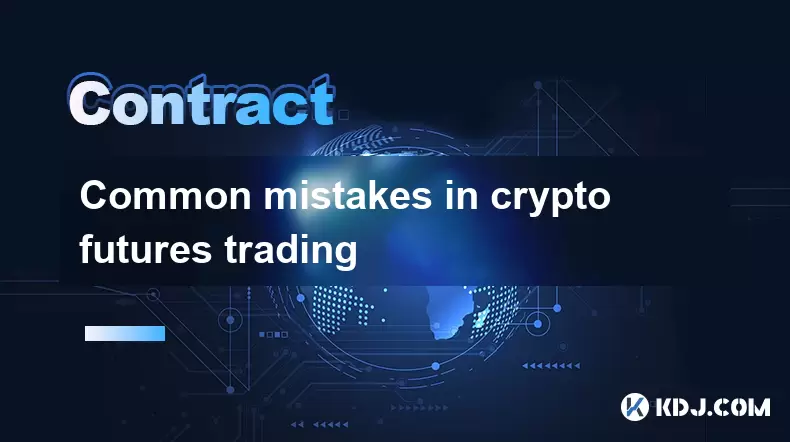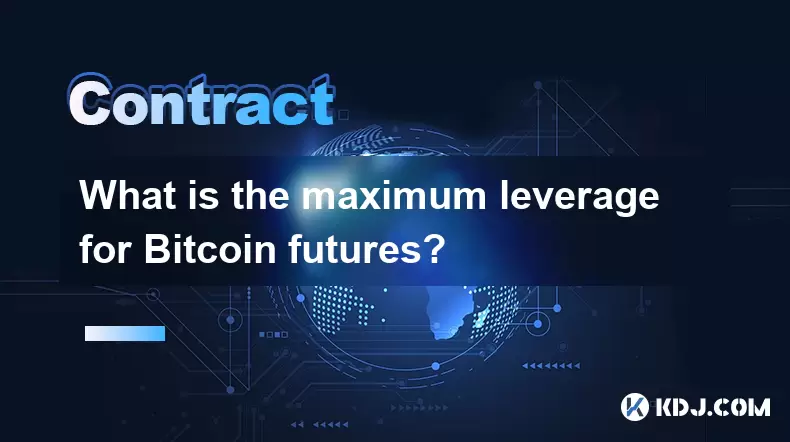-
 Bitcoin
Bitcoin $118200
0.13% -
 Ethereum
Ethereum $3747
4.69% -
 XRP
XRP $3.515
2.31% -
 Tether USDt
Tether USDt $1.000
-0.02% -
 BNB
BNB $753.8
2.58% -
 Solana
Solana $181.7
2.19% -
 USDC
USDC $0.9997
-0.01% -
 Dogecoin
Dogecoin $0.2714
12.11% -
 Cardano
Cardano $0.8700
4.49% -
 TRON
TRON $0.3170
-1.09% -
 Hyperliquid
Hyperliquid $46.67
3.75% -
 Stellar
Stellar $0.4732
1.93% -
 Sui
Sui $3.937
2.55% -
 Chainlink
Chainlink $19.49
5.52% -
 Hedera
Hedera $0.2777
3.08% -
 Bitcoin Cash
Bitcoin Cash $547.4
5.82% -
 Avalanche
Avalanche $25.23
1.29% -
 Shiba Inu
Shiba Inu $0.00001562
4.48% -
 Litecoin
Litecoin $117.1
4.09% -
 UNUS SED LEO
UNUS SED LEO $8.991
0.15% -
 Toncoin
Toncoin $3.293
2.21% -
 Polkadot
Polkadot $4.517
1.96% -
 Uniswap
Uniswap $10.65
5.08% -
 Ethena USDe
Ethena USDe $1.001
0.00% -
 Monero
Monero $325.1
1.49% -
 Pepe
Pepe $0.00001425
6.78% -
 Bitget Token
Bitget Token $4.962
1.38% -
 Dai
Dai $0.9999
-0.01% -
 Aave
Aave $326.9
3.03% -
 Bittensor
Bittensor $425.7
2.24%
What is cross margin vs isolated margin?
Margin trading in crypto lets traders borrow funds to boost positions, with cross margin using the entire account balance as collateral and isolated margin limiting risk to individual trades.
Jul 20, 2025 at 10:50 pm

Understanding Margin Trading in Cryptocurrency
Margin trading in cryptocurrency allows traders to borrow funds to increase their trading position beyond what would be possible with their own capital alone. This practice is widely used in crypto exchanges to amplify potential profits, although it also increases the risk of losses. Two primary margin modes dominate the trading platforms: cross margin and isolated margin. Each has its own characteristics, advantages, and use cases.
Before diving into the differences between cross margin and isolated margin, it’s essential to understand the concept of collateral in margin trading. When you open a leveraged position, the exchange requires you to deposit a certain amount of assets as collateral. These assets act as a guarantee for the borrowed funds. If the market moves against your position and your losses approach the value of your collateral, a liquidation may occur, meaning your position is automatically closed to prevent further losses.
What Is Cross Margin?
In cross margin mode, the entire balance of your account is used as collateral for all open leveraged positions. This means that if you have multiple positions open simultaneously, they all share the same pool of funds. The system automatically allocates available funds to support all open trades.
- Advantages: Cross margin offers more flexibility because the system uses your entire account balance to prevent liquidation. Even if one trade is losing, profits from other positions can help sustain it.
- Risks: The downside is that if one position performs poorly, it can drain funds from your entire account. This increases the risk of total account liquidation if not managed carefully.
Cross margin is generally preferred by traders who maintain a diversified portfolio and are confident in their overall strategy. It’s particularly useful when managing correlated assets or when a trader wants to hedge positions using different coins.
What Is Isolated Margin?
Isolated margin, as the name suggests, isolates the collateral for each individual position. This means that each trade is backed only by the funds specifically allocated to it. If a particular trade goes against you, only the collateral assigned to that specific trade is at risk.
- Advantages: The main benefit of isolated margin is risk control. By limiting the collateral per trade, you protect the rest of your account from being affected by a single losing position.
- Risks: On the flip side, since each trade is isolated, there’s no shared support from other positions. If the market moves sharply against a trade, it can be liquidated more quickly than in cross margin mode.
Isolated margin is ideal for traders who want strict risk management, especially those who trade multiple unrelated assets or strategies. It’s also a good choice for beginners who are still learning how leverage works and want to limit potential losses.
How to Switch Between Cross and Isolated Margin on Major Exchanges
Most major cryptocurrency exchanges, such as Binance, Bybit, and KuCoin, allow users to switch between cross and isolated margin modes. The process is usually straightforward, but it's crucial to understand how each platform implements these modes.
- Step 1: Log into your exchange account and navigate to the futures or margin trading section.
- Step 2: Locate the margin mode settings, often found near the position information or trading pair details.
- Step 3: Click or toggle to switch between cross and isolated margin. Some platforms may require confirmation or may only allow changes when no open positions are active.
- Step 4: Review the impact of the change on your current positions. Some platforms may recalculate liquidation prices or margin requirements after switching modes.
It’s important to note that changing the margin mode while holding open positions may affect your risk exposure. Always ensure you fully understand the implications before making any changes.
Use Cases and Practical Examples
To better understand when to use cross margin or isolated margin, let’s consider a few practical scenarios.
- Scenario 1 – Cross Margin: You're holding a long position on BTC and a short position on ETH. Since both positions are in cross margin, the system uses your entire account balance to support both trades. If BTC drops sharply but ETH rises, the ETH gains can help prevent the BTC position from liquidation.
- Scenario 2 – Isolated Margin: You open a leveraged position on SOL with $100 as collateral. If SOL’s price drops significantly, only the $100 allocated to that specific trade is lost. The rest of your account remains untouched, protecting your other positions.
These examples illustrate how each margin type can be strategically applied based on market conditions and trading goals. Cross margin suits traders who want to hedge or manage multiple correlated assets, while isolated margin is better for those who want to compartmentalize risk.
Key Considerations Before Choosing a Margin Mode
Choosing between cross margin and isolated margin isn’t just about risk tolerance; it also depends on your trading strategy, market outlook, and experience level.
- Risk Appetite: Traders with a higher risk tolerance may prefer cross margin for its flexibility, while conservative traders may opt for isolated margin to avoid cascading losses.
- Trading Strategy: If you engage in arbitrage or hedging, cross margin might be more suitable. For speculative trades on unrelated assets, isolated margin offers better control.
- Experience Level: Beginners may find isolated margin easier to manage, as it limits exposure to individual trades. Experienced traders might leverage cross margin to optimize capital efficiency.
It’s also worth noting that some exchanges allow you to use a combination of both modes across different positions. This hybrid approach can offer a balance between flexibility and risk control.
Frequently Asked Questions
Q1: Can I use both cross and isolated margin at the same time on the same trading pair?
Yes, some platforms allow you to set different margin modes for different positions. However, you cannot apply both modes to the same trading pair simultaneously. You must choose one mode per position.
Q2: Does cross margin increase my leverage limit?
No, cross margin doesn’t increase the maximum leverage available. It simply allows the system to use your entire account balance as collateral, which can improve the effective margin ratio and reduce liquidation risk.
Q3: What happens if I switch from cross to isolated margin with open positions?
Switching from cross to isolated margin with open positions may trigger a recalculation of your margin requirements. If the isolated margin isn’t sufficient to support the position, you may be prompted to add more funds or risk liquidation.
Q4: Is one margin mode safer than the other?
Neither mode is inherently safer; it depends on your trading approach. Isolated margin limits risk per trade, while cross margin offers more flexibility. Proper risk management is key regardless of the mode you choose.
Disclaimer:info@kdj.com
The information provided is not trading advice. kdj.com does not assume any responsibility for any investments made based on the information provided in this article. Cryptocurrencies are highly volatile and it is highly recommended that you invest with caution after thorough research!
If you believe that the content used on this website infringes your copyright, please contact us immediately (info@kdj.com) and we will delete it promptly.
- Crypto & Institutions in July 2025: What's the Hype?
- 2025-07-21 04:30:12
- Pepeto, DOGE, SHIB Prices: What's Hot and What's Not in the Meme Coin Mania
- 2025-07-21 04:30:12
- Bitcoin's Wild Ride: Records, Rallies, and Reversals - A New Yorker's Take
- 2025-07-21 02:30:12
- CoinDCX Hack: $44 Million Lost, User Funds Safe... For Now?
- 2025-07-21 02:30:12
- BONK, FLOKI, Remittix Predictions: Navigating the Meme Coin Mania and Beyond
- 2025-07-21 02:50:13
- Hacker Attack on CoinDCX: Funds Safe, But Lessons Learned
- 2025-07-21 02:50:13
Related knowledge

What is a maker vs a taker fee?
Jul 19,2025 at 01:14am
Understanding the Basics of Cryptocurrency Exchange FeesIn the world of cryptocurrency trading, maker vs taker fees are a fundamental concept that eve...

How to analyze Bitcoin futures data from CME?
Jul 19,2025 at 05:22pm
Understanding Bitcoin Futures on CMEBitcoin futures on the CME Group (Chicago Mercantile Exchange) represent a regulated financial instrument that all...

Common mistakes in crypto futures trading
Jul 20,2025 at 09:56pm
Overleveraging Without Risk ManagementOne of the most common mistakes in crypto futures trading is overleveraging. Traders often believe that using hi...

How to understand the liquidation price?
Jul 19,2025 at 10:00pm
What Is a Liquidation Price in Cryptocurrency Trading?In the realm of cryptocurrency futures and margin trading, the liquidation price refers to the s...

What is the maximum leverage for Bitcoin futures?
Jul 20,2025 at 03:42pm
Understanding Leverage in Bitcoin FuturesLeverage in Bitcoin futures refers to the use of borrowed capital to increase the potential return on investm...

What is time in force (GTC, IOC, FOK)?
Jul 19,2025 at 08:57am
Understanding Time in Force in Cryptocurrency TradingIn the world of cryptocurrency trading, the Time in Force (TIF) is a crucial parameter that deter...

What is a maker vs a taker fee?
Jul 19,2025 at 01:14am
Understanding the Basics of Cryptocurrency Exchange FeesIn the world of cryptocurrency trading, maker vs taker fees are a fundamental concept that eve...

How to analyze Bitcoin futures data from CME?
Jul 19,2025 at 05:22pm
Understanding Bitcoin Futures on CMEBitcoin futures on the CME Group (Chicago Mercantile Exchange) represent a regulated financial instrument that all...

Common mistakes in crypto futures trading
Jul 20,2025 at 09:56pm
Overleveraging Without Risk ManagementOne of the most common mistakes in crypto futures trading is overleveraging. Traders often believe that using hi...

How to understand the liquidation price?
Jul 19,2025 at 10:00pm
What Is a Liquidation Price in Cryptocurrency Trading?In the realm of cryptocurrency futures and margin trading, the liquidation price refers to the s...

What is the maximum leverage for Bitcoin futures?
Jul 20,2025 at 03:42pm
Understanding Leverage in Bitcoin FuturesLeverage in Bitcoin futures refers to the use of borrowed capital to increase the potential return on investm...

What is time in force (GTC, IOC, FOK)?
Jul 19,2025 at 08:57am
Understanding Time in Force in Cryptocurrency TradingIn the world of cryptocurrency trading, the Time in Force (TIF) is a crucial parameter that deter...
See all articles

























































































